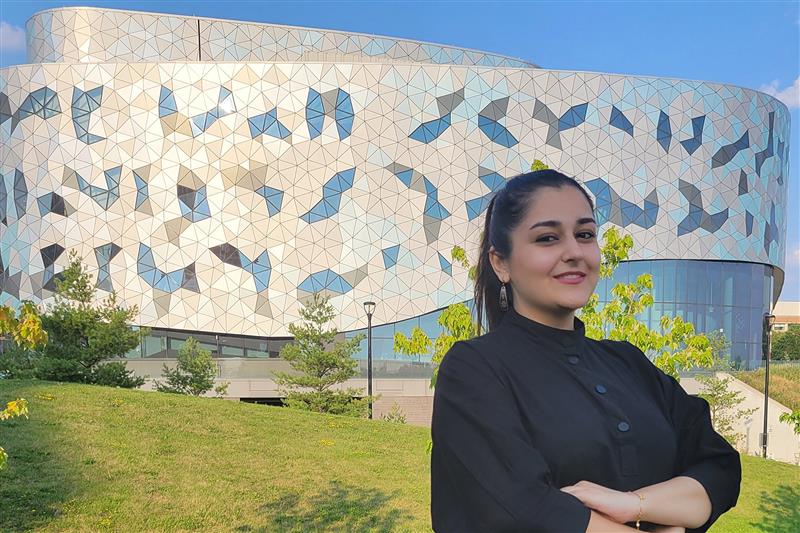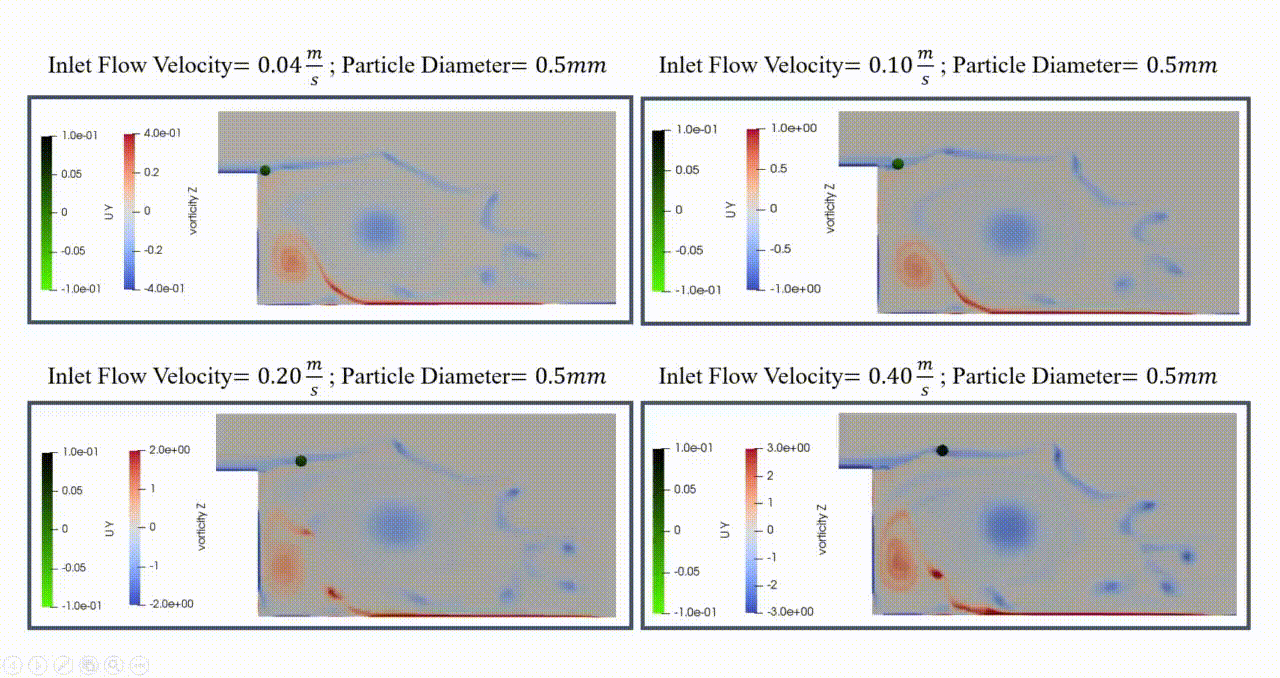Lassonde PhD student receives Best Student Paper Award in the Hydrotechnical Division at Canadian Society for Civil Engineering Annual Conference
Tags:

Arefeh Shamskhany, PhD student in Civil Engineering, was awarded the Hydrotechnical Specialty Conference 2021 First Place Best Student Paper Award at the Canadian Society for Civil Engineering Annual Conference, held in May 2021. The paper is titled “The Role of Microplastics’ Size and Density on their Vertical Turbulent Mixing and Transport” and will be published online.
Originally from Iran, Arefeh joined York University in 2019 and is now entering her third year of Ph.D. studies under the supervision of Professor Shooka Karimpour. After completing her B.Sc. and M.Sc. in Civil Engineering at the Amirkabir University of Technology – Tehran Polytechnic, Arefeh came to Canada to pursue a specialization in Environmental Hydraulics in the Department of Civil Engineering at the Lassonde School of Engineering.
“At Lassonde, the facilities are excellent for both experimental and numerical research. Here we have access to well-equipped numerical and experimental labs. I hope to be able to use my experience here to help other eager students pursue an education in the field” said Arefeh.
Working with Dr. Karimpour, Arefeh’s research focuses on numerical modelling of microplastic transport in aquatic environments. Microplastics are minuscule plastic particles, often invisible to the human eye. The accumulation of microplastics in the environment can be direct or result from the breakdown of larger plastic particles, while the aquatic deposition is a direct result of improper recycling or waste handling. Since only 1% of microplastic input is visible in surface layers of aquatic environments, understanding what causes the mixing and transport of the invisible 99% is crucial to tackle this global problem.

The winning paper dives deep into this subject matter to uncover how the size and density of microplastics impact their transport and settling into different vertical regions of the water bodies. Their approach is a combination of different numerical modelling approaches to achieve better realistic results. Ultimately, they found a way to categorize microplastics based on their physical properties, which were found to have unique characteristics for entrainment and vertical transport within the water column. Using numerical simulation was beneficial for this prospective research as it can control and manipulate different factors in the process, which is crucial to guiding future field-based assessments and risk mitigation.
The work of Dr. Karimpour and Arefeh is very significant for Canada and aligns with the United Nations Sustainable Development Goals (UNSDGs) 6 – Clean Water and Sanitation and 14 – Life Below Water. As stated by Arefeh “Microplastic pollution is an emerging contaminant. Trying to find a solution is critical, however, we should try to solve this problem where it begins. If we try to separate plastic waste and aid in waste management, this will reduce the impact of mismanaged plastic waste. Hopefully, through our work and that of others, we can help people develop a better understanding of plastic pollution, its reach, adverse impacts, and why it is important to address it. Once plastic waste turns into microplastic particles, we are very limited in what we can do to get rid of it from the environment”.

In addition to this Best Student Paper Award, Arefeh Shamskhany received both the First Place and the People’s Choice award in the 2020 Lassonde Research Photo Competition for “Le Diable Bleu”. A full article about this competition was posted on YFile.
The laboratory of Dr. Karimpour recently received a 5-year grant through the NSERC Alliance Option 2 program, entitled “Hidden microplastics of the Niagara Basin: distribution, variability, and ecotoxicology in water and sediments”. Learn more on our website.